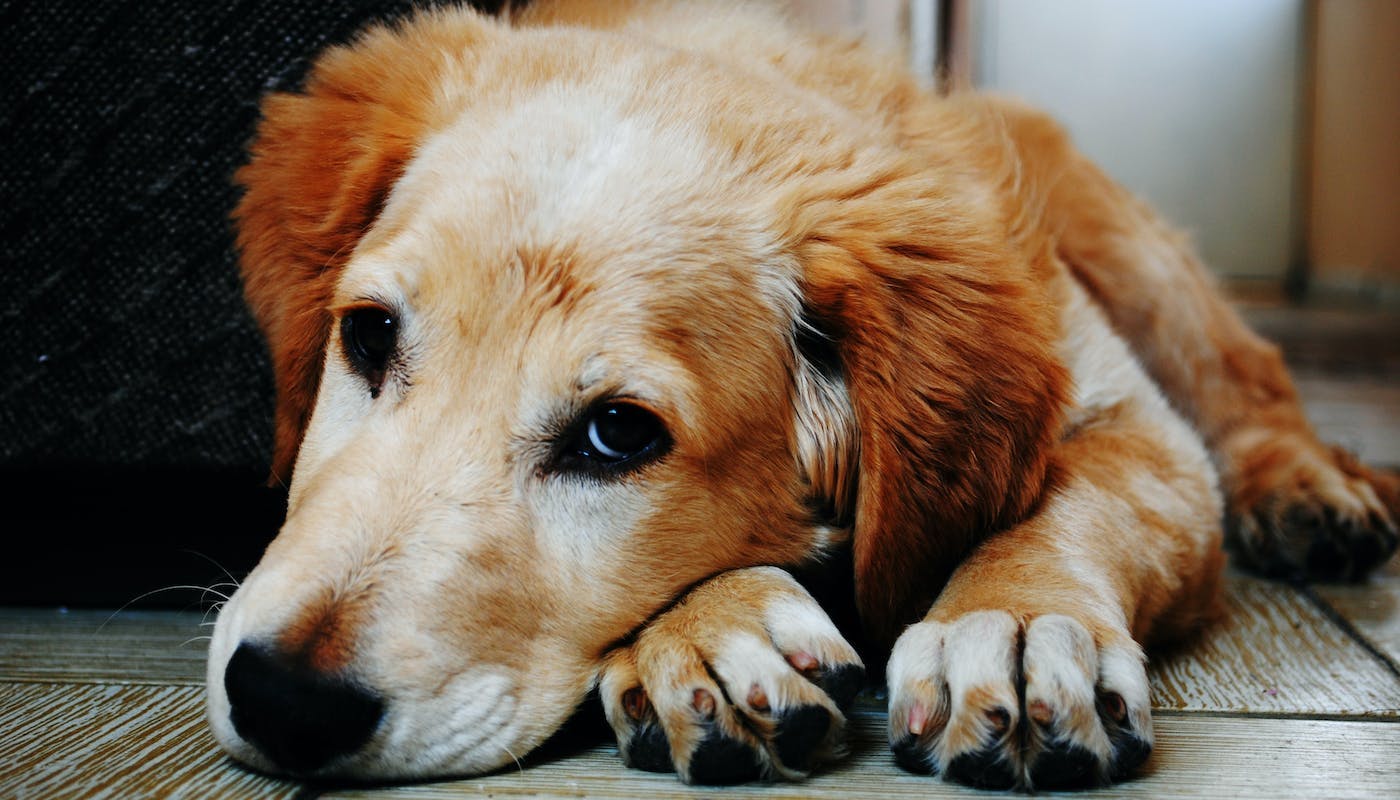What Is Hip And Elbow Dysplasia In Dogs?
As dogs get older, their joints stiffen like ours do and can lead to mobility issues and pain. Arthritis is one of the most common diseases among older dogs, but if you’ve noticed your pet is having trouble moving and seems to be in pain when they do, it could be a sign of something more serious.
Hip and elbow dysplasia is a skeletal issue that some breeds are more predisposed to developing than others. So it’s important to be aware of the signs and symptoms, and know what to do if you think your dog might have it.
What Is Hip And Elbow Dysplasia?
Abnormal growth in the ball and socket of the hip or elbow can mean that the joint has insufficient coverage to move and turn, which can cause it to become loose and unstable. This is known as dysplasia.
Hip and elbow dysplasia are the most common skeletal diseases in dogs – which sounds like a worrying statistic, but fortunately it means that it can be easily treated. Large dogs are most likely to suffer from dysplasia which, if left untreated, can cause bone spurs and scar tissue to develop around the joints and lead to further pain.
What Causes Hip & Elbow Dysplasia?
Dysplasia is usually a genetic issue in dogs, which can be caused by two parents breeding together and passing the disease onto their litter.
Hip and elbow dysplasia happens when a dog’s joints aren’t developed correctly, but obesity and rapid weight gain can also cause this to occur in dogs without the genetic predisposition. This is because excess weight can cause the joints to give out under the pressure.
How Do I Know If My Dog Has Hip & Elbow Dysplasia?
Though symptoms of hip dysplasia and elbow dysplasia vary, there are some obvious signs to look out for if you think your dog might be suffering:
- Limping or obvious signs of pain in the legs and joints
- Decreased range of motion
- Moving at a slower pace than usual
- Difficulty or reluctance when it comes to activities like standing, running, and climbing stairs
- Clicking or grating sound when walking
- Enlargement in the shoulder area
- Lameness in the hind legs
- A swaying or hopping as they walk
- Decreased muscle mass in the thighs
What Dog Breeds Are Prone To Hip And Elbow Dysplasia?
Though all dogs can suffer from dysplasia, some breeds are more likely to inherit the disease genetically and others are more likely to suffer due to their size and the stress that’s put on their joints as they grow.
If you own one of these breeds, you should be aware of their predisposition to develop hip or elbow dysplasia:
- Australian Shepherds
- Bulldogs
- Chow Chows
- German Shepherds
- Golden Retrievers
- Great Danes
- Labrador Retrievers
- Mastiffs
- Pugs
- Rottweilers
- Saint Bernards
How Can I Prevent Hip And Elbow Dysplasia In My Dog?
Although there is no way to prevent the natural development of hip or elbow dysplasia in dogs that carry the genetic disease, there are ways to help those without dysplasia genes from suffering – and also to prevent dogs from carrying the genetics down to future generations.
Dogs can show signs of dysplasia from the age of 1, so it might take a while to see whether your dog is genetically predisposed to the condition. If they do, it’s best to have them spayed or neutered as their puppies will likely be born with the disease too. You can also ask your breeder about the joint health of your puppy’s parents.
Avoid feeding dogs too much food that can lead them to grow too quickly. This puts undue stress on their growing joints and can lead to dysplasia in dogs that don’t carry the genes.
Calcium supplements can cause deposits in the bone that lead to joint issues, so only supplement your dog’s diet with calcium if specifically advised to by your vet.
Don’t over-exercise your dog while they are still a growing puppy as this can lead to joint issues.
What Do I Do If My Dog Is Diagnosed With Hip Or Elbow Dysplasia?
Because it can be a genetic disease, dysplasia cannot be reversed or prevented through medication, diet, or anything else. Once your dog has been diagnosed with hip or elbow dysplasia, your vet will probably put them on a medication plan to manage the pain.
Some dogs may require surgery depending on how much damage has occured in their joints. Others will be prescribed anti-inflammatory drugs, and rest will be recommended to prevent further pain and swelling. Supplements like glucosamine and chondroitin can also help with joint issues in dogs.
Front of the Pack’s Move supplement contains these two ingredients, along with other proven ingredients to keep your dog active and mobile. Glucosamine and Chondroitin are known to maintain cartilage strength and support healthy joint function (read our blog on the topic here), while Collagen and Curcumin support a healthy inflammatory response and balance to relieve stiffness and discomfort caused by joint pain.
Other steps you can take to reduce your dog’s discomfort if they’re suffering with dysplasia in their hips or elbows include:
- Massages on their joints
- Avoiding cold weather and cold conditions
- A firm bed, preferably an orthopedic design
- Carpet or blankets to keep the areas they lay or walk on soft
- Some larger dogs might be recommended to lose weight to help ease symptoms
